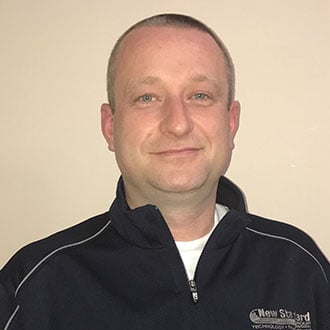When talking with our customers, we often use this phrase. We use it to emphasize that the attitude and belief in an ESF group housing system can be just as important as the system itself. The people running the barn need to believe in the system and how it should operate first, only then will they be able to make it work. When you come across challenges in a loose housing barn (and you will), if you believe there is a solution, you will find it. If you believe that the system is flawed, then you will blame that on the system, your staff, or some other element of your operation instead of looking any further for a solution.
Kevin Kurbis

Recent Posts
Making the decision to remodel your existing sow housing barn may seem daunting. You will have to restructure your barn, buy new equipment, and train your pigs and barn staff on the new processes. We promise that making this decision is worth your time and investment, but we understand effort this transition takes. That is why we want to provide you with everything you need to know about a sow housing remodel before you make the decision.
As it enters its 10th year of operation, we would like to highlight the building that set the group sow housing industry standard, the Eagle Creek Colony electronic sow feeding facility. The Eagle Creek barn is a 1,000 sow farrow to finish site located near Altamont, MB. It was designed using large-pen gestation and Nedap equipment and the year-to-year annual weaning in the facility is nearly 32 pigs/sow/year, which is above most conventional systems. It is a fully dynamic building with central separation. New Standard started designing the building in January 2007, and later began construction in April. The first animals were introduced to the barn in April 2008. The finisher barn was later completed in 2010.






